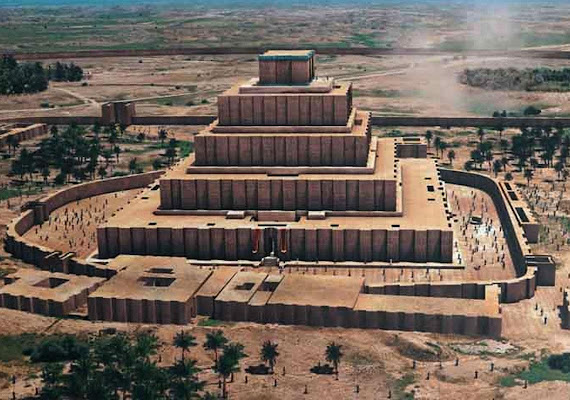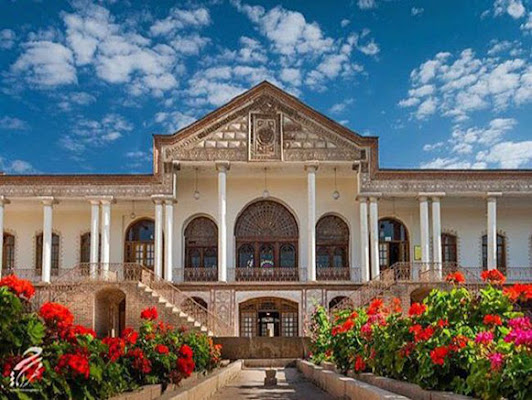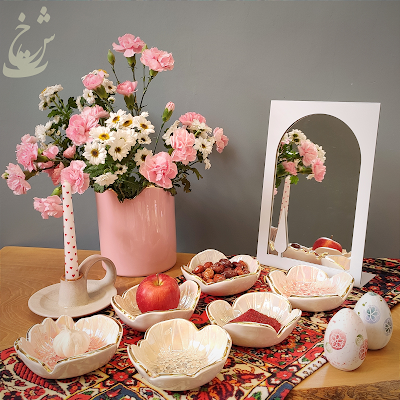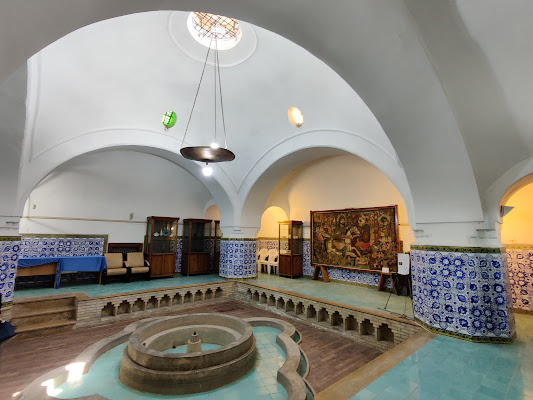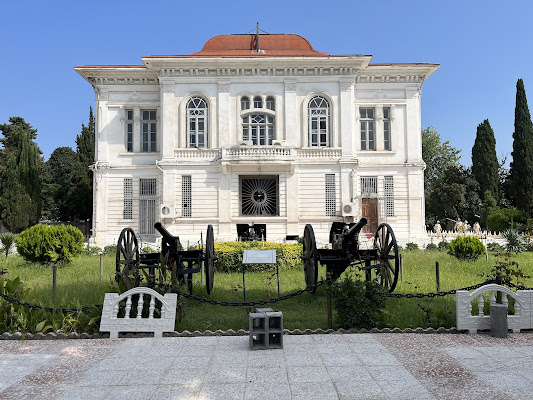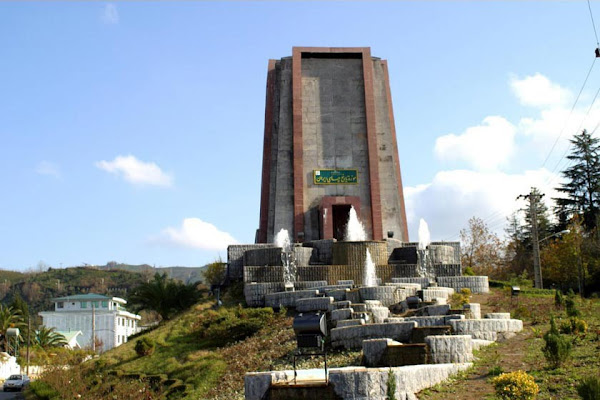ChoghaZanbil Ziggurat
About This Museum
Believe it or not, this sprawling complex was once considered a 'stairway to heaven'. Rising from the sun-baked plains of Khuzestan, Chogha Zanbil is one of the few surviving ziggurats outside of Mesopotamia. It was built around 1250 BCE by the Elamite king Untash-Napirisha, intended as the religious heart of his sacred city, Dur Untash. Today, its weathered, mud-brick tiers create a hauntingly beautiful silhouette against the vast Iranian sky.
Collection Highlights
While it's an archaeological site itself, you can find remnants of its past glory scattered about—look for glazed bricks with cuneiform inscriptions and decorative clay nails that once adorned the walls. The most captivating finds are the foundation deposits and votive objects discovered here, offering a tangible link to the Elamite people who worshipped at this very spot.
Visitor Information
Getting there requires a bit of a journey—it's about a 90-minute drive southeast from Ahvaz. Wear sturdy shoes and bring plenty of water; you'll be doing a fair bit of walking under an open sun. The sheer scale of the place is best appreciated by walking its perimeter and imagining it in its original, painted and gleaming state.
Architecture & Building
Imagine five massive, concentric squares stacked on top of each other, each level smaller than the last, all constructed from millions of sun-dried mud bricks. This is the classic ziggurat form—a colossal stepped pyramid that originally would have been crowned with a temple. A unique feature is its inner wall, which still shows traces of the original glazed blue-green bricks.
Contact & Location
Address: استان خوزستان, ایران
Phone: +98 61 4286 7213
